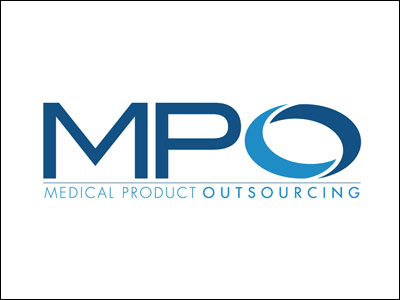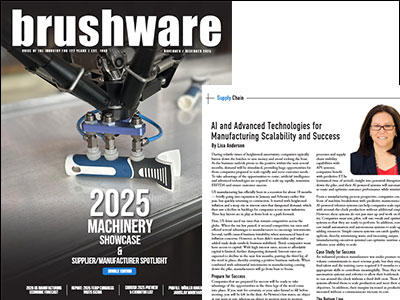MRP Might be an Old Concept Yet Remains Integral to Success
The value of MRP (material requirements planning) remains intact no matter the company size or industry. Determining how to automate the process, utilize the MRP system and potentially further enhance it with artificial intelligence and advanced technologies can yield powerful results.











